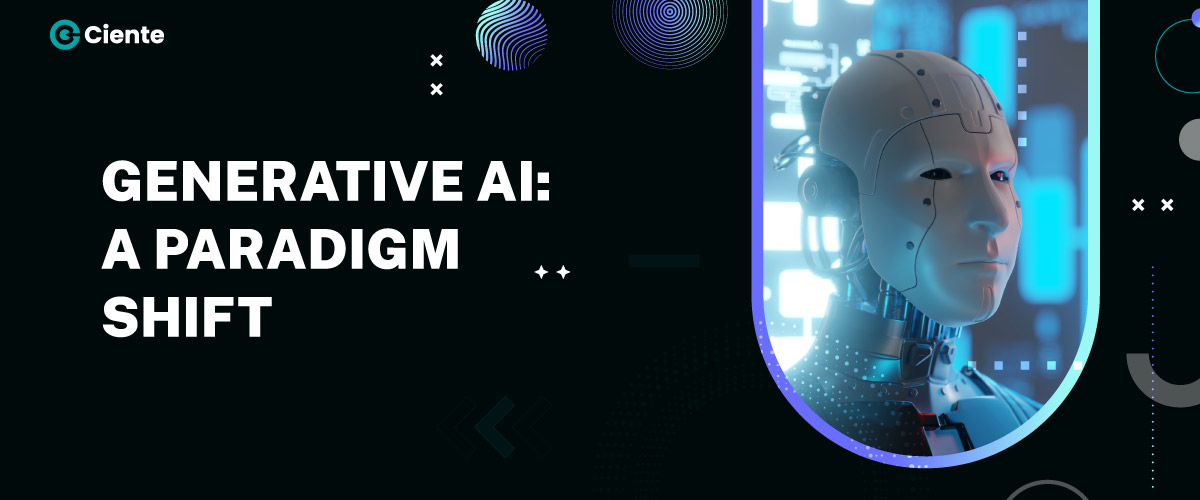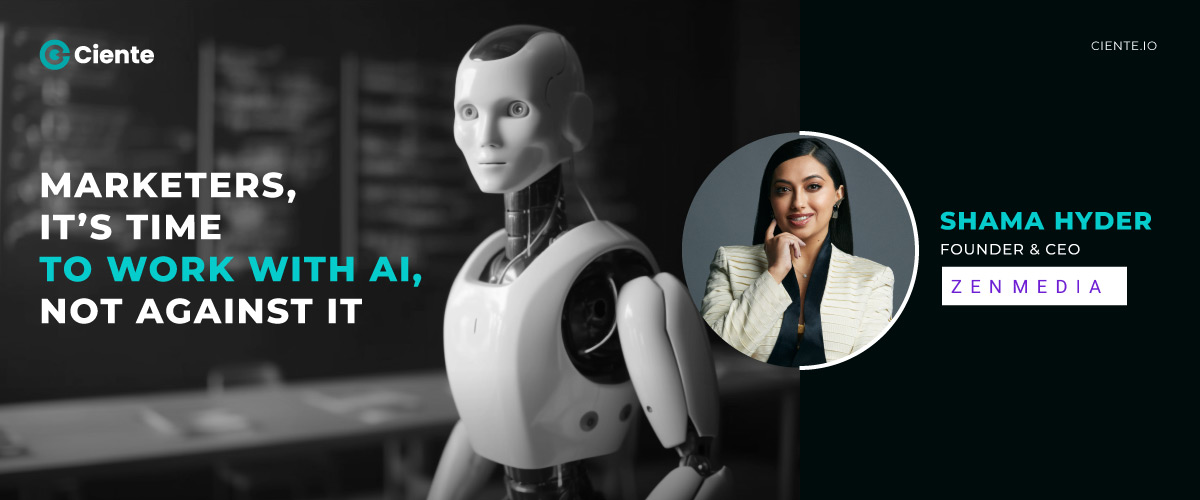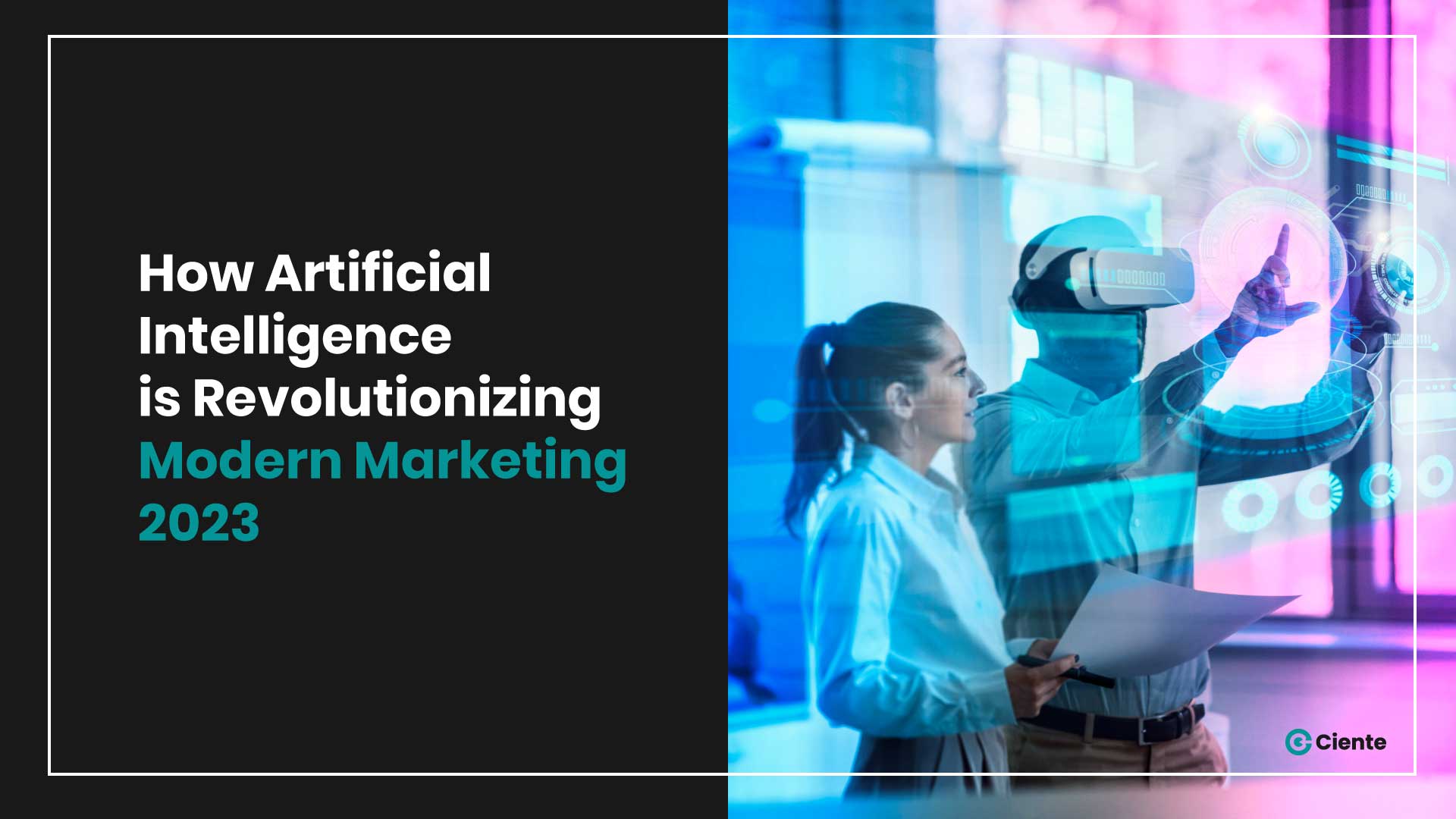
The Evolution of Sales Teams with the Integration of AI
Salespeople rarely spend more than two hours of their daily

Salespeople rarely spend more than two hours of their daily

Generative AI is transforming the AI game, advancing assistive technology,

as technology continues to evolve, where do we draw the

Embracing AI’s potential in marketing: transforming customer engagement, personalizing ads,

Sales and marketing leaders believe that ‘smarketing’ is the way